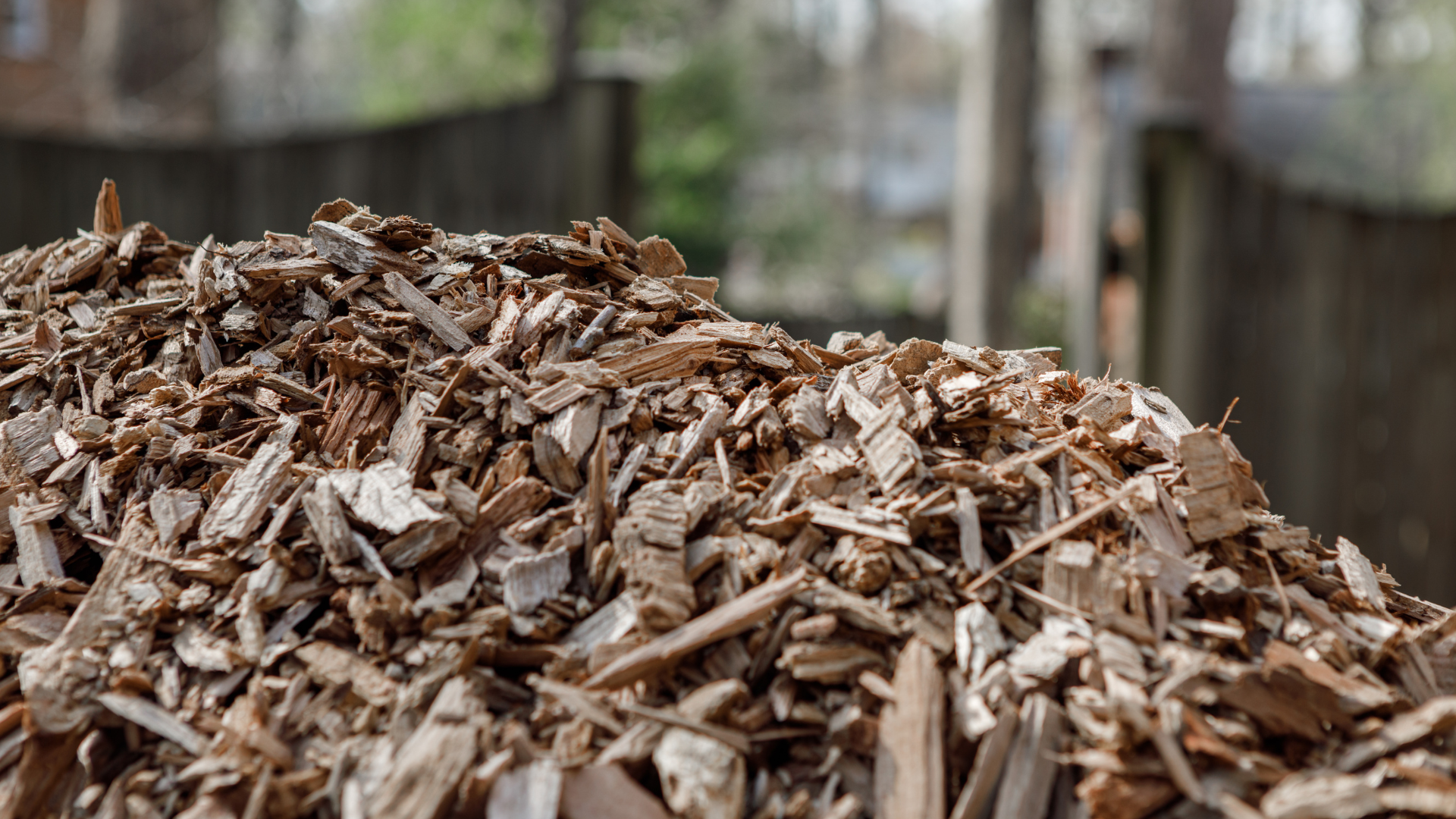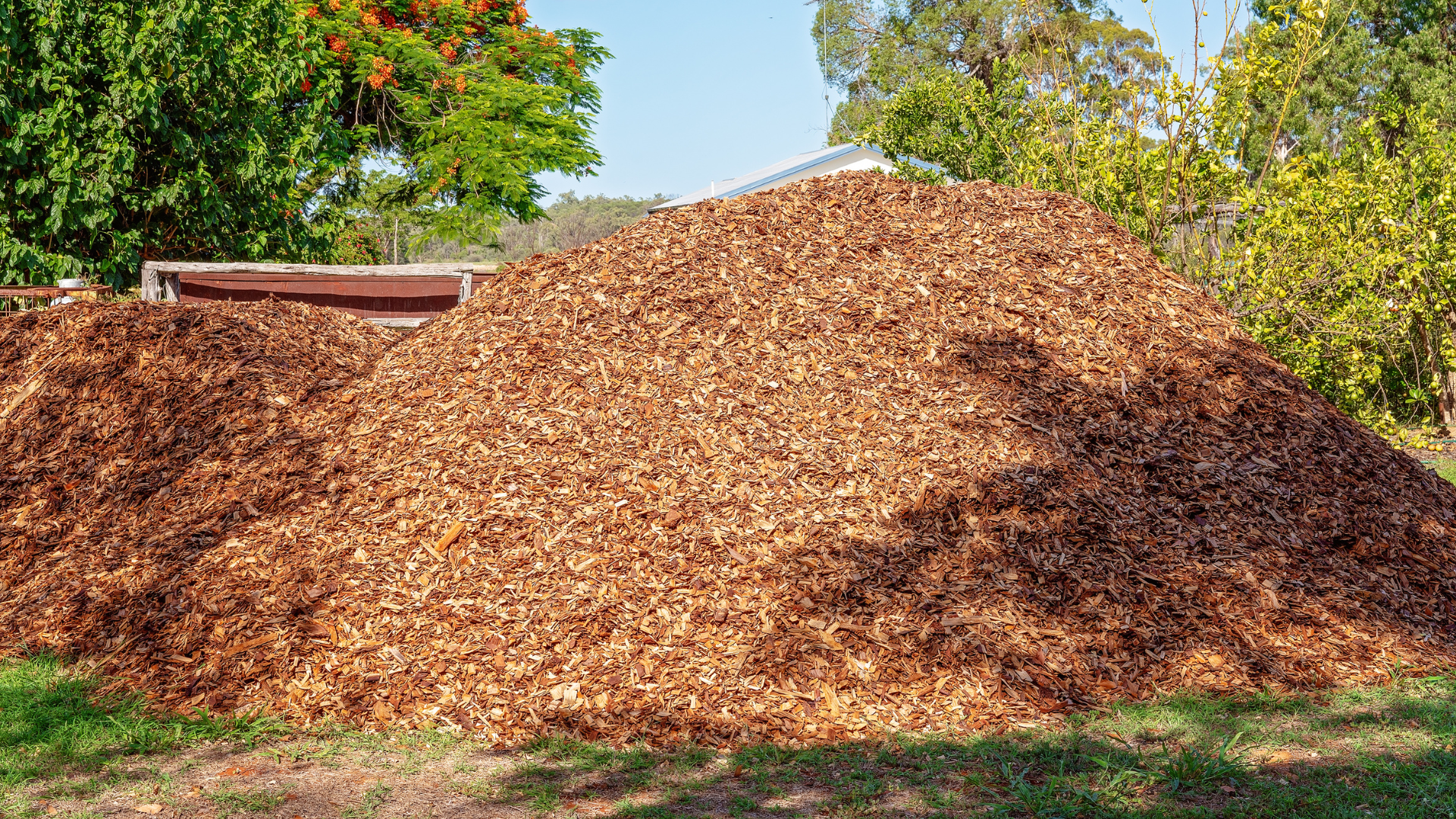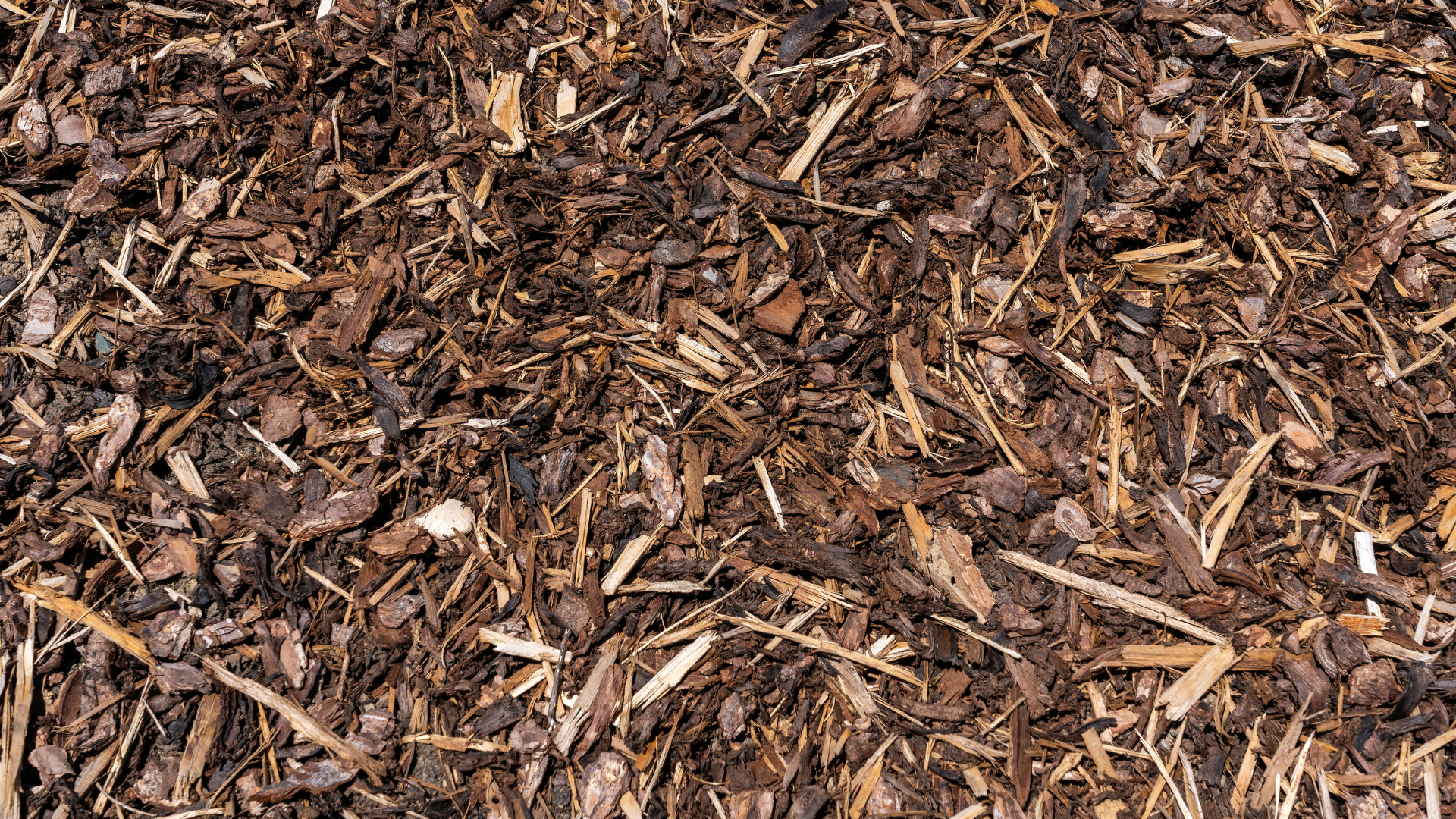Biomass Wood Chips: What are they and how to easily acquire them?
Wood chips offer a renewable fuel for biomass boilers, so here's an explainer on how they work
How do you heat your home?
For a lot of people the answer is natural gas, but there are exciting developments in heating technologies that aren’t dependent on fossil fuels. Biomass boilers are becoming increasingly popular because of their use of renewable fuel. Proponents of the technology say it’s becoming another pillar in sustainable energy.
If you’ve got wood chips, you’ve got fuel for your biomass boiler. But how does this technology work, what wood chips do you need and what are some easy ways to get enough material to burn?
What are Biomass Boilers?
The method of heating your home by burning wood is time tested, but the exact methods have changed over hundreds of years.
Biomass boilers aren’t just simple wood stoves; they are heating systems where a fuel, usually wood chips or wood pellets, is burned in a firebox, which is a key component where combustion occurs. The combustion process is supported by grates that help ensure efficient burning and facilitate ash removal. Hot water is heated which then helps to warm the rest of your home or facilities.
With natural gas prices in flux at any given time, there’s been a desire for reliable heating systems that make use of cheap, renewable sources of fuel like wood chips. Because these systems don’t rely on coal or oil, you can easily source your own wood chips for your heating system. Biomass boilers can help meet the energy needs of homes and facilities, supporting a transition to renewable energy.
Advantages to biomass boilers
-
-
Biomass heating systems can be fueled via wood chips you can source yourself
-
Wood chips are a renewable resource and are often a byproduct of timber harvesting, meaning it's easy to produce a large supply of them
-
Your heating system doesn't have to be connected to oil, propane or gas lines, great for those in remote areas
-
Disadvantages to biomass boilers
-
-
Requires timber harvesting and consistent refueling, which could lead to clear cutting and deforestation if you're not careful
-
Biomass heaters still release smoke and pollutants into the air
-
These heating systems need to be routinely cleaned and maintained
-

What are Biomass Fuel Sources?
These types of heating systems rely on sustainable, organic fuel sources. The most common biomass fuels are:
-
-
Wood pellets (pressed sawdust)
-
Wood chips
-
Plant matter
-
One of the benefits of biomass boilers is that they consume a lot of the byproducts of the forestry industry or timber harvesting. Bark, tree branches, dead leaves or other yard waste can be used in the production of heating energy. These heating systems can easily convert a ton of wasted wood or organic debris and turn it into days, weeks or months of heat for your home or outbuilding.
While this will depend on the model of your biomass heater, wooden chips should be a uniform size, but you can use what you have available. Sawdust can be pressed into pellets and used so no part of the tree goes to waste.
If you're considering a biomass heating system, ask yourself these questions:
-
-
Do I have a plan for acquiring biomass to fuel my heater?
-
What can I do to avoid clear cutting trees to fuel this heating system?
-
Can I incorporate this boiler's fuel into my existing timber production process?
-
Biomass boilers are great if:
-
-
You are already harvesting timber on a residential or commercial scale
-
You have a ton of tree branches, leaves or other organic matter that can be chipped
-
You require a heating system that isn't reliant on fossil fuels
-

How to acquire wood chips
The best way to fuel a biomass heating system is by having a local, renewable source of biomass to feed into it.
There are also different classes of wood chips available, each suited to specific types of biomass boilers to ensure optimal performance and efficiency. When selecting wood chips for your system, it is important to use clean and dry wood chips, as these qualities are essential for optimal combustion, energy efficiency, and the longevity of your equipment.
Wood chips can be sourced from a variety of materials, including forestry residues, sawmill byproducts, and energy crops, making them a versatile and renewable option.
Some of the best environments for collecting biomass wood chips include:
Commercial or Residential Timber Harvesting
Large-scale timber production harvests millions of pounds of lumber, and while the logs serve their purpose going through a sawmill and being turned into dimensional lumber or put to other uses, there are still plenty of utility in the other materials left behind through the process.
Branches, leaves and bark are tree debris are often chipped and disposed and goes to waste. But what if that material could be reused as a biomass fuel source? Even on a smaller scale, large to medium-sized property owners often find themselves clearing land and a lot of those materials still have a secondary use.
Even small tree care companies fell a ton of timber, and those businesses can profit from trees by converting them into biomass to be resold.
Think of incorporating biomass fuel processing into your timber production. Package up sawdust to be turned into wood pellets, and use a wood chipper to turn any wood debris into a useful resource.
Sustainable Harvesting
A common criticism of biomass heaters is that they must be consistently fed, and because of this, they have been accused of leading to clear cutting and deforestation. Because CO2 is produced through the burning of biomass, and a tree has been removed from the environment which could have captured that carbon and prevented it from contributing to greenhouse gases, it's not considered carbon neutral.
But that doesn't mean there aren't sustainable ways of fueling your biomass heaters and working to protect the environment, while distancing yourself from a dependence on fossil fuels.
Here are a few methods of harvesting timber for processing into wood chips that don't involve felling healthy, mature trees.
-
-
Harvest diseased or dying trees instead of healthy ones
-
Use decayed, fallen material from the forest floor
-
Routine tree or brush trimming that still leaves the tree healthy and growing
-
Source timber from neighbors by offering to take care of their dead or dying trees
-
Healthy trees sequester carbon and contribute to a healthier environment. Even when a tree falls and rots, even if it's no longer capturing carbon, it's still serving a valuable purpose by restoring nutrients to the soil below and providing valuable habitats for rodents, bugs and other forest species.
So while removing trees from the environment does still have an impact to the forest, you can minimize your footprint by limiting the amount you take. Your private forest or woodlot should continue to have shade as well as breaks of sunlight. Allow decaying organic matter to rot and contribute to the soil content. Take only what you need, determining what is the best way to heat your biomass heating system while having the smallest footprint.

Factors Affecting Local Supply
Several factors can influence the local supply of wood chips, impacting both their availability and suitability for use in biomass boilers. The most significant factors include the amount of wood waste generated by local forestry and sawmill operations, the proximity to these sources, and the competing demand from industries like paper and pulp production.
Weather conditions, such as heavy snow or prolonged drought, can also affect the harvesting and transportation of wood, sometimes making it difficult to maintain a steady supply of chips.
In addition to quantity, the quality of wood chips is crucial for efficient energy production. Chips should have a uniform size and appropriate moisture content to ensure they burn cleanly and efficiently in biomass boilers.
Sustainable forestry practices are essential to protect the local supply of wood chips and reduce dependence on fossil fuels like gas, coal, and oil. By focusing on renewable sources of fuel and responsible management, communities can help ensure a long-term, reliable supply of wood chips for energy and heating.
Furthermore, converting wood waste into fuel not only reduces landfill use but also allows the ash produced to be recycled as a natural fertilizer, supporting a cleaner and more sustainable energy system.
Consider wood chip production for your property
If you're felling trees, either for your portable sawmill or to clear land, consider the production of wood chips and how you can incorporate them into your processes.
Even if you decide not to use a biomass heater, you can still chip material to sell or give away to property owners who do, thus reusing material that might otherwise go to waste.
Go online and see if there's a secondary use for your chipped branches or sawdust. Some sawyers and property owners work hard to ensure no part of the tree goes to waste, so think about some of the little ways you can contribute too.
SHOP WOOD CHIPPERS
TFG55 PTO
The TFG55 PTO is our first gravity-feed PTO wood chipper. It was released in the fall of 2024 after two years of research and development at our Canadian head office. Designed to be a value oriented entry-level wood chipper, the TFG55 PTO supports compact and sub-compact tractor owners with yard cleanup and mulch creation.
TFG55 GAS
The TFG55 GAS is a new addition to our long-standing wood-chipper lineup, designed for landowners who need portability in their chipper. It features all the proven technology and durability we've built into our existing tractor-driven products.
WC46 4" PTO
The WC46 chipper has a chipping diameter up to 4". It's designed for tractors with 15-30 HP at PTO and features an auto-hydraulic infeed system and 360-degree swivel discharge.
TF46 PRO PTO
The TF46 PRO chipper features our patented Twin Flywheel Technology. Designed for sub-compact tractors with 15 to 30 HP at PTO, it has a chipping diameter up to 4" (10 cm) and auto-hydraulic infeed system.
WC68 6" PTO
The WC68 chipper has a chipping diameter up to 6". It's designed for tractors with 20-50 HP at PTO and features an auto-hydraulic infeed system and 360-degree swivel discharge.
TF68 PRO PTO
The TF68 PRO chipper features our patented Twin Flywheel Technology. Designed for tractors with 20 to 50 HP at PTO, it has a chipping diameter up to 6" (15 cm) and auto-hydraulic infeed system.
WC88 8" PTO
The WC88 chipper has a chipping diameter up to 8". It's designed for tractors with 35-100+ HP at PTO and features heavy-duty construction and an auto-hydraulic infeed system.
TF810 PRO PTO
The TF810 PRO chipper features our patented Twin Flywheel Technology. Designed for tractors with 35-100+ HP at PTO, it has a chipping diameter up to 8" and auto-hydraulic infeed system.
Join the Woodland Mills Community Facebook group. Search advice and insights from over 65,000 knowledgeable, supportive members.
- Pre-purchase considerations
- Sawmill set-up support
- Project inspiration photos and videos
- Community troubleshooting support
